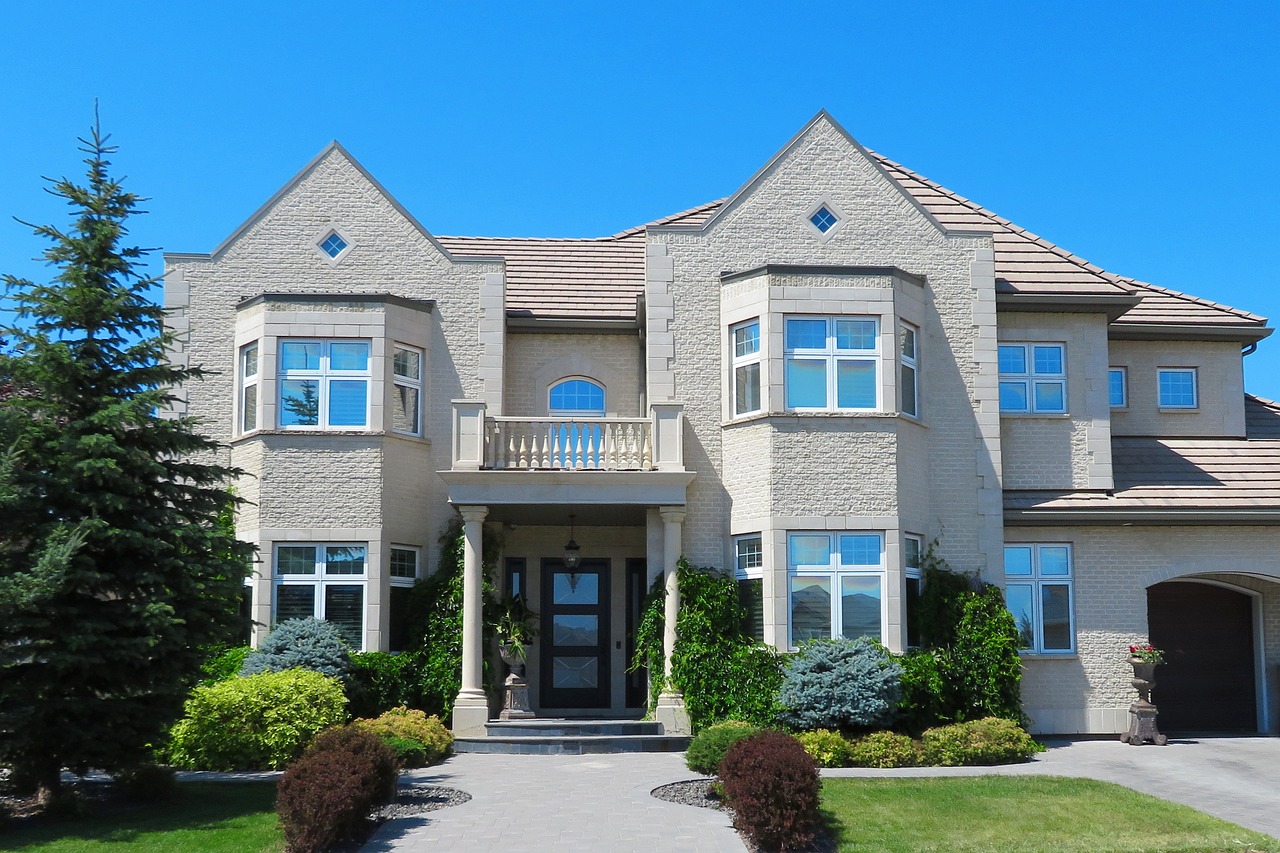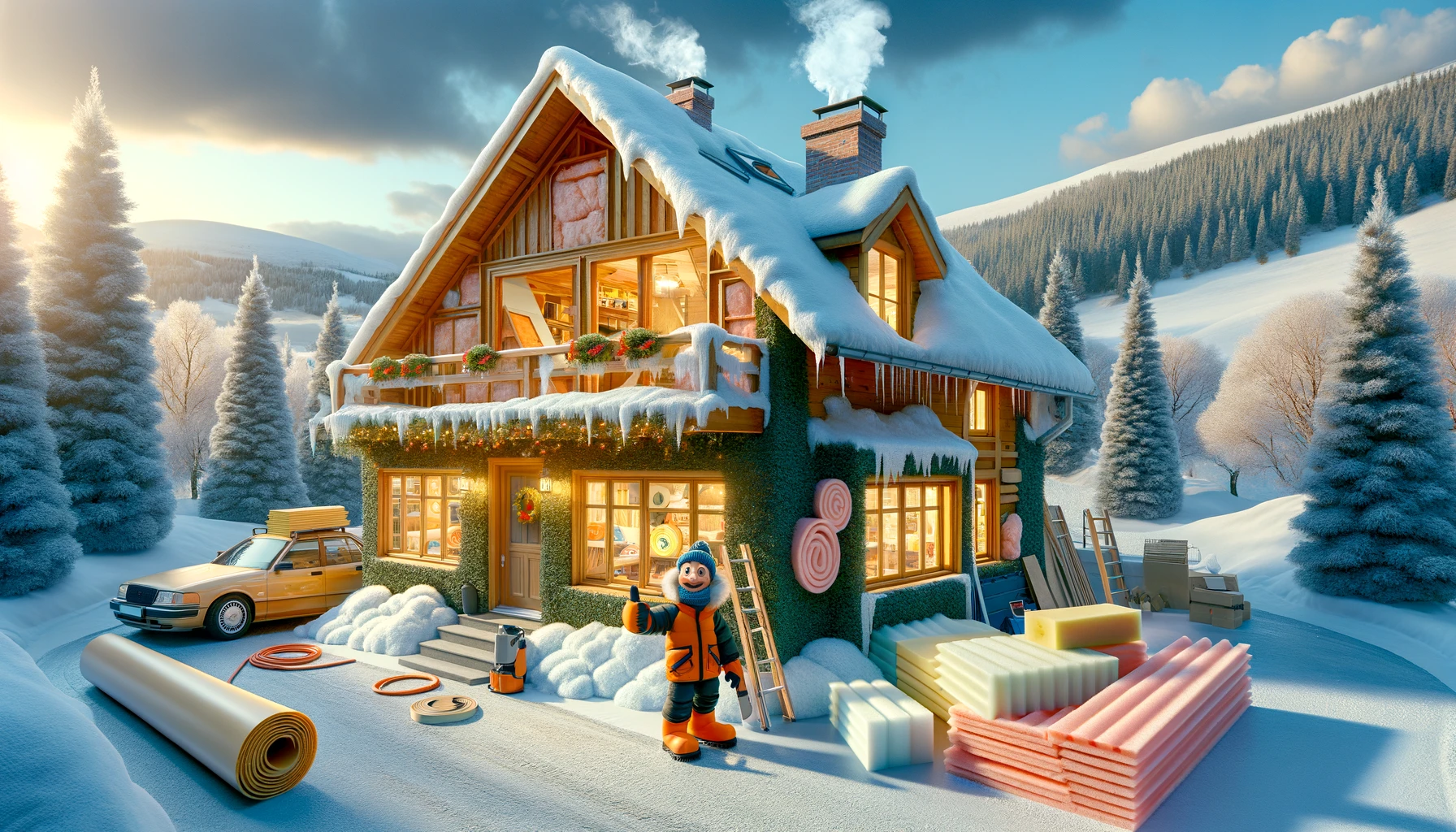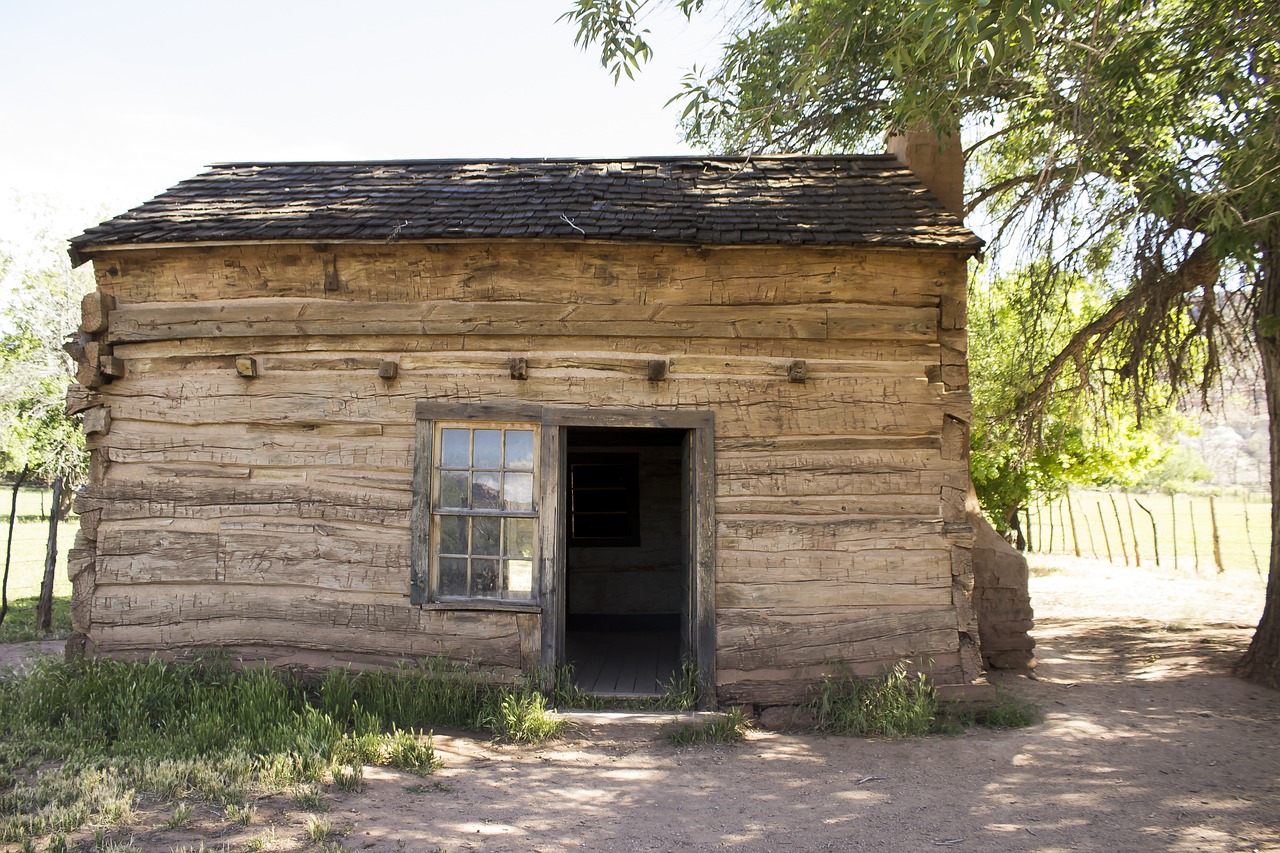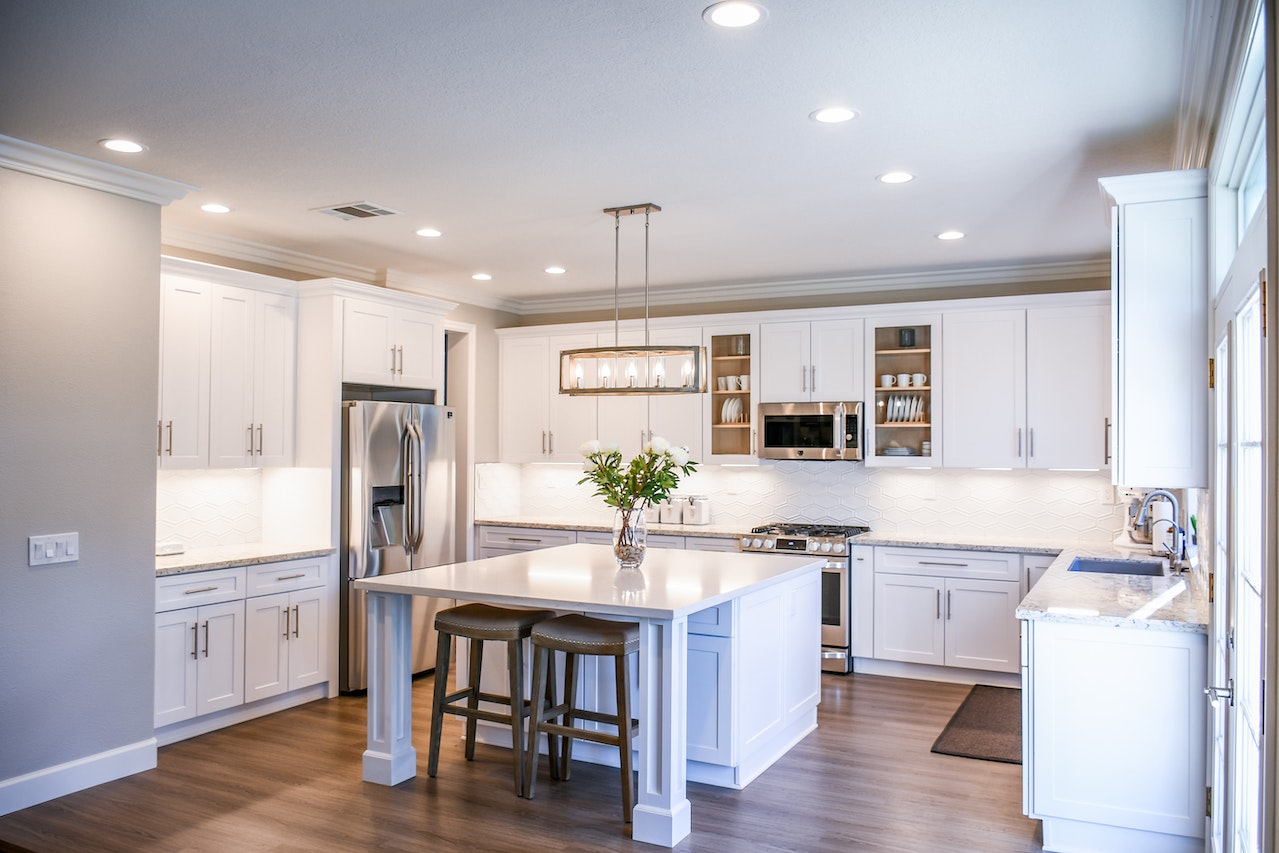Listen up, future garden gurus! If you’ve ever walked past a neighbor’s yard, scoffed, and thought, “Is that all they could come up with?” then you’re in the right place. Because let’s face it: we all want our yards to be the envy of the neighborhood, even if it means spending countless hours sweating in the sun. But, don’t fret! I’m here to offer you some premium, top-notch, and, dare I say, absolutely legendary advice on the best plants for home landscaping. Strap in, and for heaven’s sake, put down that rubber plant.
1. The “Never-Going-Out-of-Style” Classic: Boxwood Shrubs
Boxwoods are like the jeans of the plant world. Classic, versatile, and they fit in just about anywhere. These shrubs are evergreen, so they won’t abandon you in the winter, leaving your garden looking like a desolate wasteland. Nope! These beauties will stand by your side, rain or shine. You can shape them, trim them, or let them grow wild (if that’s how you roll). Just remember: jeans and boxwoods might be classic, but you still need to wash (or in the case of boxwoods, water) them occasionally.
2. For a Touch of Drama: Ornamental Grasses
Who doesn’t love a bit of drama? (In the garden, of course, not in our personal lives.) Ornamental grasses are your go-to. They sway seductively in the breeze, catching the eye of any passerby. Plus, they come in a variety of colors and heights. Mix and match for maximum impact. Warning: These grasses might just steal the show, so be prepared to console your other plants.
3. The Royal Highness: Hydrangeas
If you’re looking to add a touch of royalty to your garden, hydrangeas are your crowning glory. They bloom in spectacular balls of blues, pinks, and purples, depending on the soil’s acidity. What’s more, they’re like mood rings for your garden. Acidic soil? You’ll get blue flowers. Alkaline soil? Pink flowers. And if you’re feeling extra fancy, try to balance your soil’s pH just right, and you might just get lavender. (Or, if you’re like me, get entirely confused and marvel at whatever color appears.)
4. For the Environmentally Conscious: Native Plants
Alright, eco-warriors, this one’s for you! Why bring in foreign plants when your local ones are just as fantastic? Not only do native plants require less water and care (because they’re used to the climate), but they also support local wildlife. Birds, bees, and butterflies will flock to your garden like it’s the hottest club in town. And who doesn’t want a garden buzzing with life? Literally.
5. The “No-Maintenance-Please” Choice: Succulents
For all of you out there who think watering is overrated (or just keep forgetting), succulents are here to save your day – and your garden. These hardy little plants store water in their leaves, making them perfect for drought-prone areas or for gardeners who are, let’s say, a tad forgetful. Plus, with their unique shapes and vibrant colors, they add a touch of modern chic to any space. Just don’t entirely forget them, okay? They’re low-maintenance, not no-maintenance.
6. The Dramatic Diva: Weeping Willow
Alright, let’s admit it, we all have that dramatic friend who loves the spotlight. Well, in the plant world, that’s the Weeping Willow. With its long, cascading branches and romantic vibe, this tree is perfect for those who want their landscape to scream (or perhaps more accurately, sigh) “Look at me!” Just remember: this tree needs space. It’s not about being needy; it’s just that its roots tend to wander, searching for water sources. So, if you have a small yard or nearby plumbing, maybe skip this diva.
7. The Conversational Starter: Venus Flytrap
Want to surprise your guests and have a quirky conversation starter? Enter the Venus Flytrap. Not only will this carnivorous plant keep some pesky insects at bay, but it will also give your garden a unique edge. Warning: It may also make your garden feel slightly like a sci-fi movie set. On the bright side, it’s the perfect plant for when you want to sit back, relax, and watch nature’s drama unfold.
8. Old Reliable: Lavender
Looking for a plant that’s as useful as it is beautiful? Lavender to the rescue! With its fragrant purple blossoms, lavender can transform any garden into a serene oasis. And here’s a bonus: It’s not just for looks. You can use lavender to make teas, soaps, or even as a natural insect repellent. So, in short, it’s pretty and practical. What more could you ask for?
9. The Statement Maker: Giant Elephant Ears
If subtlety isn’t your thing, and you want plants that shout rather than whisper, then Giant Elephant Ears should be on your radar. With their huge, leafy greens, they’re sure to make a bold statement in any garden. Just be sure to give them plenty of space. They don’t like to be overshadowed – they’re the stars, after all.
10. The Underestimated Hero: Moss
Now, I know what you’re thinking: “Moss? Really?” But hear me out. Moss is the unsung hero of the garden world. It’s perfect for those shady spots where nothing else seems to grow. Plus, it gives any space a lush, fairy-tale feel. And if you ever felt the need to act out a scene from a fantasy novel, well, now you’ve got the perfect backdrop.
And there you have it, the ultimate list of plants to make your garden the talk of the town (for all the right reasons). Just remember, while plants do bring beauty, they also demand responsibility. So, water them, love them, and maybe, just maybe, talk to them (hey, it’s said to help them grow!). And if your neighbor Bob starts bragging about his new rose bush, just give a smug smile and know your garden is leagues ahead. Happy landscaping!
Pro Tips for the Aspiring Green Thumb (Because You’re Worth It)
- Soil Matters: Before planting anything, get to know your soil. Is it sandy or clay-like? Alkaline or acidic? Understanding its texture and pH can help you pick the right plants and ensure they thrive. If in doubt, consider a soil test. It’s like a spa day, but for your garden.
- Watering Wisdom: Watering is more art than science. Too much, and your plants might drown. Too little, and they’ll thirst to death. Always water at the base, early in the morning or late in the evening, to avoid rapid evaporation. And remember, it’s not just about quantity but frequency. Some plants prefer a good soak less often, while others like to be misted daily.
- Mulch Ado About Something: Mulch is like the unsung hero of gardening. It retains moisture, suppresses weeds, and can make your garden look neat and tidy. Plus, as organic mulch breaks down, it enriches the soil. So, go on, give your plants a cozy blanket.
- Rotate Your Crops: If you’re planting edibles, remember to rotate them each year. This helps reduce soil-borne diseases and can prevent nutrient depletion. Plus, it gives you a chance to experiment with different layouts. Change is good, after all!
- Befriend the Bees: Pollinators like bees and butterflies are your garden’s best friends. Consider adding plants that attract them. Not only will your garden buzz with life, but you’ll also be doing your bit for the environment. Win-win!
- Pruning – It’s Not Just a Haircut for Plants: Regular pruning helps to keep plants healthy, encourage growth, and can even yield more flowers or fruits. So, whip out those shears and give your plants a little trim. Just don’t get too scissor-happy!
- Know Your Zone: Understanding your USDA hardiness zone will save you a lot of heartache. It’s like knowing your size before going clothes shopping. This way, you’ll only invest in plants that are suitable for your area’s climate.
- Composting is Cool: All those kitchen scraps and yard waste can be turned into black gold for your garden. Start a compost pile or bin. Your plants will thank you with lush, vibrant growth. Plus, it’s recycling at its finest!
- Educate Yourself: Plants, like pets, have specific needs. Before bringing one home, do a little research. Understand its sunlight, water, and soil requirements. After all, knowledge is power (and in this case, the power to have an amazing garden).
- Lastly, Enjoy the Journey: Gardening is as much about the process as it is about the results. There will be successes and failures, but every mistake is a lesson learned. So, take a deep breath, feel the soil between your fingers, and relish in the joy of nurturing life.
Now, go forth and make Mother Nature proud! And the next time someone asks for gardening advice, just wink and say, “I’ve got a few pro tips up my sleeve.”
Frequently Asked Questions (Because, Let’s Face It, We All Have Questions)
While you can garden without testing your soil, knowing its pH and composition can be a game-changer. It helps you choose the right plants for your space and can guide you in amending the soil to make it more hospitable for your plant babies.
Oh, if only there were a one-size-fits-all answer! The frequency depends on the plant type, the climate, and the soil. A general rule of thumb: it’s better to water deeply and less frequently than to give your plants a little sprinkle every day.
Absolutely! This is called companion planting. Some plants even benefit each other by repelling pests or enhancing growth. Just be sure they have similar sunlight and water needs. Unless you’re going for a plant soap opera, you’ll want them to get along.
Oh, the woes of gardening! Many factors can contribute: overwatering, underwatering, too much sun, not enough sun, pests, diseases… the list goes on. First, ensure you’re meeting the basic needs of the plant. If problems persist, consider seeking advice from a local nursery or gardening club.
While plants will grow without fertilizer, giving them that extra boost can enhance their growth. Think of it as vitamins for your plants. Organic options like compost or worm castings can be a great place to start!
Organic gardening means you’re not using synthetic fertilizers or pesticides. Many gardeners swear by it, citing healthier soil and plants. Plus, it’s environmentally friendly. So, if you’re into keeping things natural and doing your bit for Mother Earth, it might be worth a shot!
First, identify the culprit. Slugs, aphids, and beetles, oh my! Once you know the enemy, you can choose the best method of defense, whether that’s introducing beneficial insects, using natural repellents, or (as a last resort) considering safe pesticides.
Absolutely! Container gardening, vertical gardening, and utilizing community gardens are all options for the space-challenged green thumb. Sometimes, the best gardens come in small packages.
Choose plants that are native to your area, add a bird bath or feeder, and consider planting flowers that attract bees and butterflies. Your garden will soon be the hottest spot for all the local fauna!
While the jury’s still out on whether plants prefer Mozart over rock-n-roll, talking to them can’t hurt. At the very least, it’s therapeutic for you. And hey, who doesn’t love a good pep talk?



